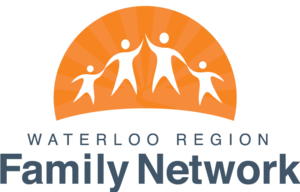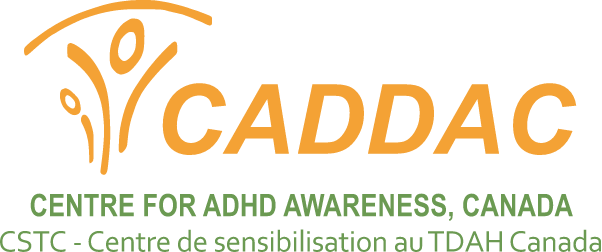
We collect basic website visitor information on this website and store it in cookies. We also utilize Google Analytics to track page view information to assist us in improving our website.
From time to time, the Waterloo Region Family Network (WRFN) is asked to distribute information on behalf of third parties. WRFN provides general information to self-advocates and families of children with special needs. The information provided on this website is not a recommendation, referral or endorsement of any resource, therapeutic method, or service provider. WRFN is not responsible for any information or services provided by third parties. You are urged to use independent judgment when considering any resource.

Registration for CADDAC's 17th Annual ADHD Conference is now LIVE!
Vancouver, we're headed your way this November 1st and 2nd for a fantastic weekend filled with ADHD education, tips, resources, and community connection!
This year's topics include:
· ADHD Medications -The Great, The All Right, and The Ones to Avoid
· ADHD and Addiction: Two Sides of the Same Coin?
· Parenting a child with ADHD… when you have ADHD
...and much more!
Early Bird registration ends on August 31st! Learn more about what we’ve got planned and register at the button below!

Become a CADDAC Board Member!
Ready to make a difference in the lives of Canadians with ADHD?
CADDAC is seeking a fundraising and development expert to join our Board of Directors. This volunteer position will play a vital role in expanding our funding streams, enhancing sustainability, and growing our ADHD programs across Canada.
If you're ready to make a lasting difference in the ADHD community, we’d love to hear from you!
Click here to learn more about the position and how to apply.
Missed out on attending CADDAC's programs this year?
Waitlists are now live for Fall 2025 and Winter 2026 programming!
Visit our Programs and Events page to view all of CADDAC's Parenting, Adult and Youth Programs, and add your name to waitlists of programs you are interested in attending. We'll send you an email when program registration opens.
Click here to look at programs
Supporting the Transition to Adult Responsibilities! (Ages 18- 23)
Foothills Academy, Calgary AB 3 weeks in the summer, Monday to Friday, 10:00 am- 4:00 pm
Disability Tax Credit webinar
Tuesday, June 24, 2025 from 4-5pm PDT
The Canadian Disability Tax Credit (DTC) is a non-refundable tax credit designed to reduce the income tax burden for individuals living with significant and prolonged physical or mental impairments. It aims to offset costs associated with disabilities and helps ensure greater financial equity. Eligibility is determined through an application certified by a medical practitioner and requires meeting specific criteria of impairment. The DTC can also provide benefits for eligible dependents and open access to other financial programs like the Registered Disability Savings Plan (RDSP).
Upcoming Virtual Training: “A FASD Story – Creating Space for Voices through Artmaking”
Are you applying for funding or looking for creative ways to support individuals with FASD? Join Candice Burnett and Amanda Sutherland for an inspiring training based on the art therapy workbook A FASD Story: Creating Space for Voices through Artmaking.
This session will explore how to support the 10 brain domains often affected by FASD using strengths-based art invitations. Learn how artmaking can create a shared language that emphasizes the strengths of individuals with FASD through creativity, storytelling, and metaphor.
Whether you’re a support group leader, caregiver, FASD worker, coordinator, service provider, individual with FASD—or someone interested in funding a meaningful project—this training is for you!
Don’t miss this opportunity to spark ideas, deepen your understanding, and explore innovative, supportive approaches rooted in art therapy.
Health Nexus continues to support families, caregivers, and individuals affected by Fetal Alcohol Spectrum Disorder (FASD) through funding for Family and Caregiver Support Groups. These subsidies aim to improve outcomes by building community connections and increasing access to information and mentorship.
You can also watch our Application Support Virtual Training. We provide a detailed walkthrough of the application, offering insights on how to complete it to the best of your ability. This presents an excellent opportunity for you to gain a comprehensive understanding of the application requirements.
Watch the Application Support Virtual Training here!